Photo by Erin Kunkel
There’s no denying it—fat is back. Healthy fats work hard for your health, helping you absorb vitamins and antioxidants and feel satisfied after meals and snacks. But before you devour an entire avocado, snack on endless almonds, or switch to whole yogurt, it’s time for some real talk. Good fats are still fats. And fats are high in calories. Compared to protein and carbs, fat provides more than twice as many calories per gram.
If it’s easier to visualize, imagine one sweet potato, half a chicken breast, and one spoonful of olive oil. Despite being dramatically different amounts of food, they all roughly contain 100 calories.
Whether you’ve been dabbling in high-fat diets (cough, keto) or are addicted to avocado toast, it can be really easy to go overboard with good fats and, as a result, consume a crazy amount of calories. Remember, you only need about 6 teaspoons of healthy oils a day. Here’s a refresher on the recommended serving sizes.
Proper Portions of Good Fats
Avocado
Serving SIze:
1/3 avocado, 7 grams total fat (~1½ teaspoons), 75 calories
Ripe with monounsaturated fats, avocados are firmly considered healthy. But before you smash a whole avo on toast, be aware that the recommended serving is just one third of an avocado. Shockingly, that’s good news. Until a couple of years ago, the USDA only recommended one fifth.
Nuts
Serving Sizes:
1 small handful (1 oz/30 g) almonds, 14 grams total fat (~3 teaspoons), 164 calories
2 tablespoons peanut butter, 16 grams total fat (~4 teaspoons), 188 calories
Nuts are another dietitian-approved fat, supporting everything from your heart to your brain. But if you have a horde of almonds squirreled away in your desk drawer, know the recommended serving size is one small handful of nuts or 2 tablespoons of nut butter.
Olive oil
Serving Sizes:
1 tablespoon olive oil, 14 grams total fat (3 teaspoons), 119 calories
12 green olives, 5 grams total fat (1 teaspoon), 47 calories
No contest, extra-virgin olive oil is Fitbit Nutritionist Tracy Morris’s favorite fat. But even the king of cooking oils can run up your calories if you drain the bottle. The recommended serving size is 1 tablespoon of olive oil, whether it’s coating a pan or dressing salad greens.
Seeds
Serving Size:
2 tablespoons (about 1 oz/30 g) chia seeds, 9 grams total fat (2 teaspoons), 138 calories
These days, people are digging into chia seeds like they’re pudding. Which is great, given the protein, fiber, and healthy fats, but may be a little reckless if you’ve forgotten how many went into that recipe to begin with? The recommended serving size is 2 tablespoons of chia seeds.
Proper Portions of High-Protein Foods That Also Add Fat
These foods aren’t technically considered part of the healthy fats and oils food group, but they do add fat to your plate.
Salmon
Serving Size:
4 oz (125 g) salmon, 12 grams total fat, 203 calories
It’s easy to fall for heart-healthy salmon, which is rich in omega-3’s and worth enjoying at least twice a week. But while a restaurant might sear off half a pound, the recommended serving size is really only 4 ounces.
Eggs
Serving Size:
2 large eggs, 10 grams total fat, 143 calories
Eggs aren’t as evil as they were once cracked up to be. According to the latest dietary guidelines, you don’t have to fear cholesterol anymore, putting eggs back on the menu. But even if it isn’t a bad fat, it’s still fat. The recommended serving size remains 2 large eggs.
Dairy
Serving Sizes:
1 cup (8 fl oz/250 ml) low-fat milk, 5 grams total fat, 122 calories
1 container (7 oz/200 g) Greek yogurt, plain, low-fat, 4 grams total fat, 146 calories
1½ oz (45 g) cheese, 14 grams total fat, 172 calories
If you’ve switched to whole yogurt and gnaw on cheese, keep one ear perked, because the dairy debate rages on. While saturated fat might not be as bad as people previously thought, experts aren’t saying it’s healthy, either. The recommended serving sizes are 1 cup of milk, 7 ounces of yogurt, and 1½ ounces of cheese. But more important: Depending on the rest of your diet, go for grass-fed and low-fat options, and avoid added sugars.
This information is for educational purposes only and is not intended as a substitute for medical diagnosis or treatment. You should not use this information to diagnose or treat a health problem or condition. Always check with your doctor before changing your diet, altering your sleep habits, taking supplements, or starting a new fitness routine.
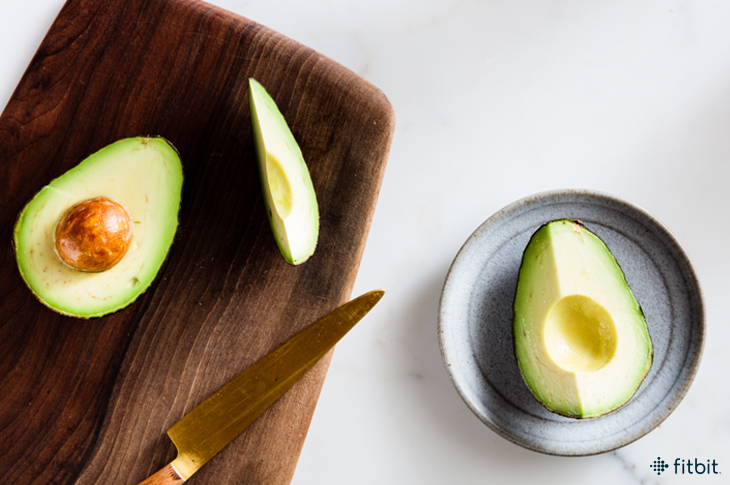
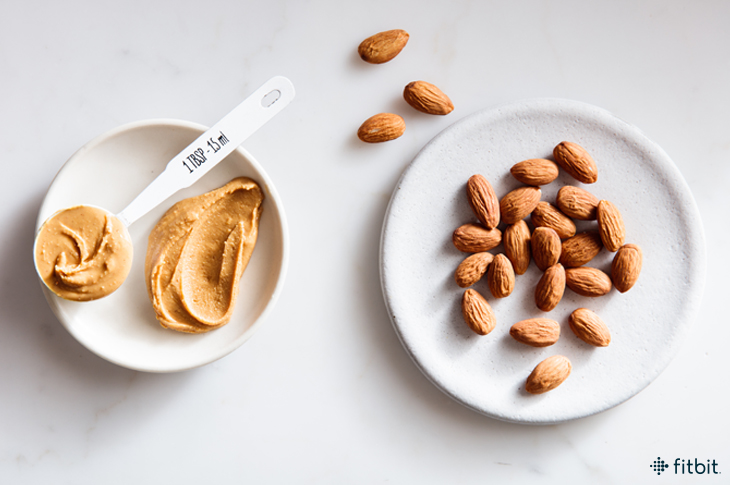
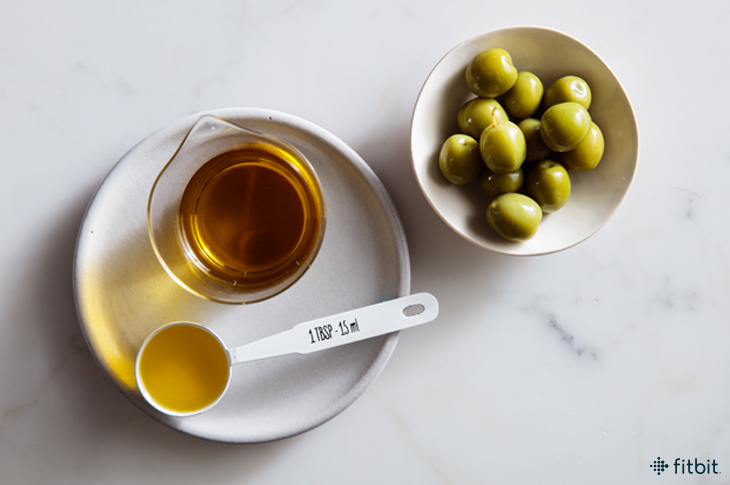

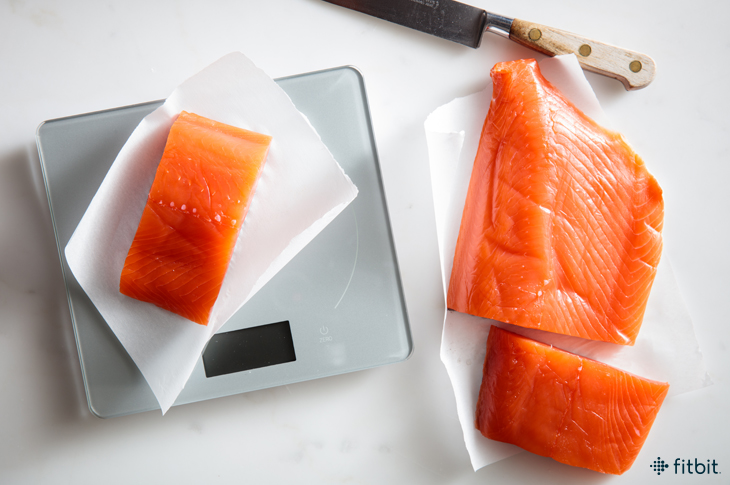
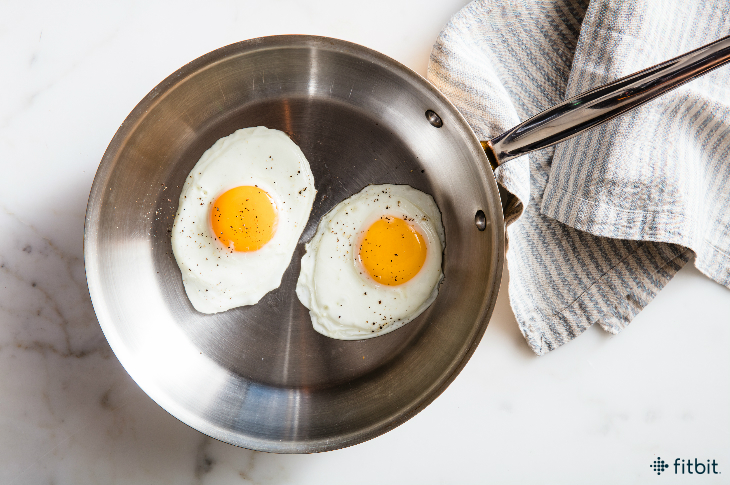


Thank you for this article! Helped put things into perspective.
Disageee The traditionl calorie in calorie out concept is out dated. One needs to understand how body metabolizes fat vs carbs. I have lost 12 kgs on 5 months in Keto. Eating so called Fat without xo uhbtjng calories. These articles are only to add more confusion to the ppl who are not well read
Congratulations on your weight loss, I completely agree with your about how the body metabolizes fat vs carbs. Once you stop fueling the body with carbs your body uses the stored fats as fuel; thus losing weight. I have been on Keto for 2 years now. I lost 40 lbs. and now maintain my weight. Six months ago I was able to discontinue ALL my diabetic medications. I cannot image life outside of my Keto way of eating.
With the food app, can you choose which diet you are following? ie keto, Adkins, South Beach etc.
Which food app are you talkibg about? I do a mix of Keto/ Primal Blueprint. Very similiar. Btw, have lost 51 pounds!
When I first started counting calories I got and avocado because they are tasy and health. Once I realized their calories. How often is it okay to go off count if it is for something healthy@
Thanks so much for this info!!